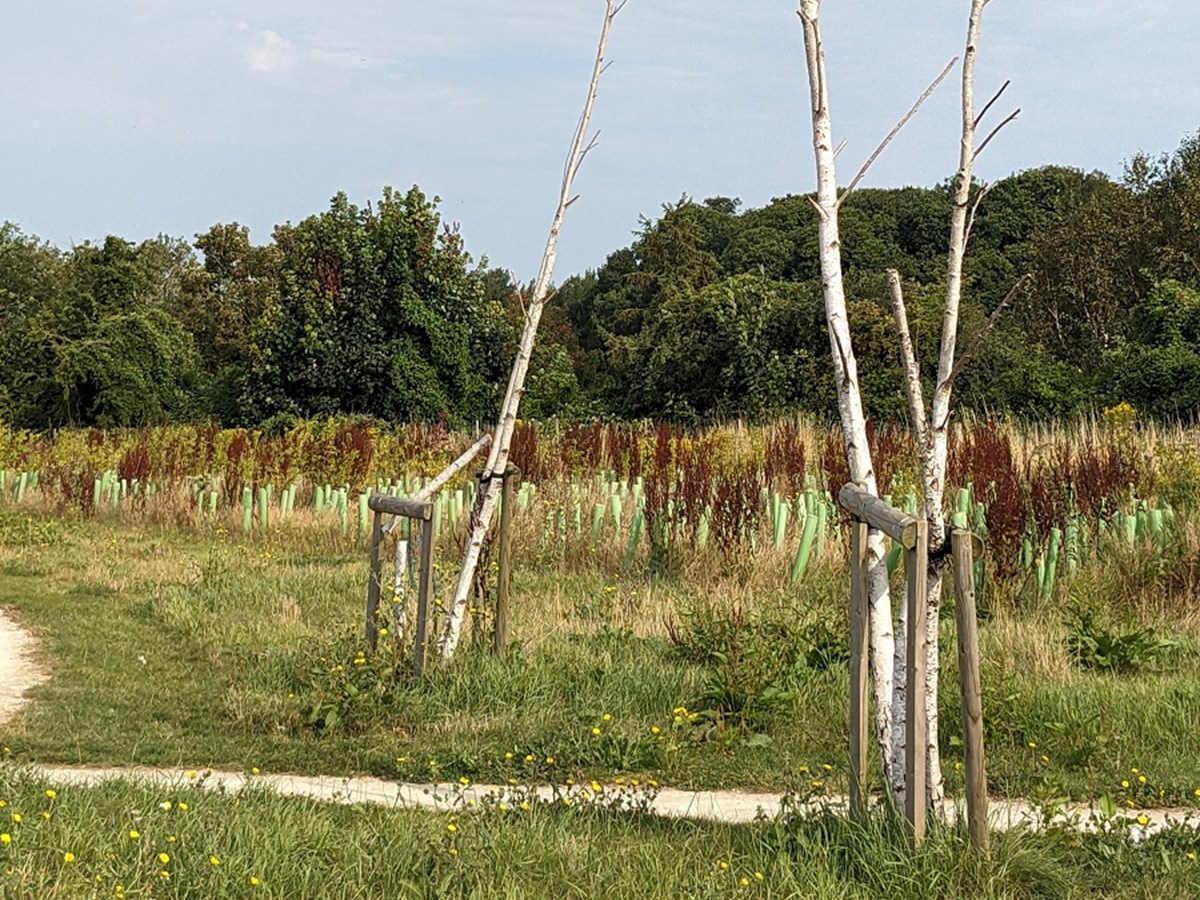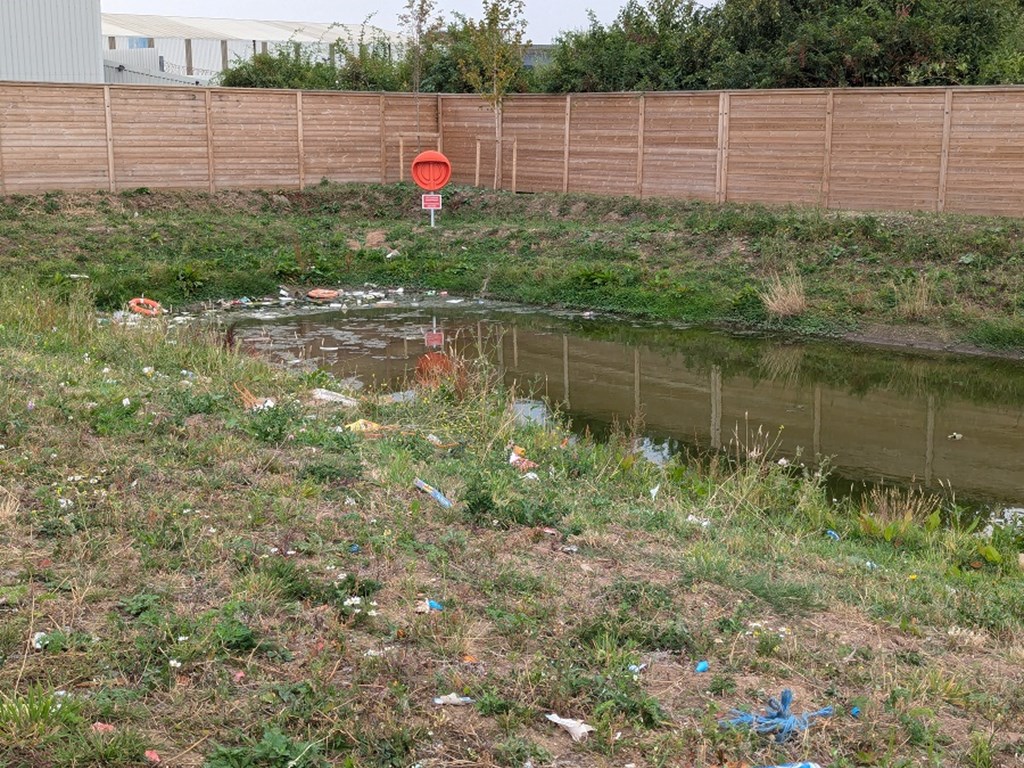 This study investigated the impacts of housing developments on biodiversity at the sites. The research team compared the ecological mitigations and enhancements that developers had agreed with the Local Planning Authority with what was present on the ground after construction was complete.
This study investigated the impacts of housing developments on biodiversity at the sites. The research team compared the ecological mitigations and enhancements that developers had agreed with the Local Planning Authority with what was present on the ground after construction was complete.
It was the first time that anyone had looked at ecological outcomes on the ground on such a large number of housing estates. The findings were disappointing and concerning.
This research and report was funded by Wild Justice, who campaign for better laws and policies for nature by taking legal cases and advocating for a better deal for UK wildlife.
Key findings:
- Only half of the ecological enhancements - 53% - that have been conditioned by Local Planning Authorities (LPAs) are present on sites in reality.
- When newly planted trees are excluded, this falls to a third, just 34%.
What was installed and what was missing across the housing developments (Credit: Lucy Lapwing)
Key report recommendations include:
1. Ensure that there is robust local policy and guidance to protect biodiversity in place, supplementing national standards and guidance.
2. Write precise and enforceable ecological conditions.
3. Resource LPA ecology and planning enforcement teams more effectively.
4. Resource local authorities to adopt public open spaces.
5. Regulate estate management companies to ensure that landscape maintenance is performed to a higher standard.

Nature-friendly Sustainable Drainage Systems (SuDS) which are poorly executed and maintained fail to deliver their biodiversity benefits (Credit: Malcolm Tate)

Trees planted for biodiversity benefits need care and maintenance to establish and thrive – lacking this, many die soon after planting (Credit: Malcolm Tate)
Context
Over the past 15 years, new legislation and policies have introduced a duty on the planning system to enhance biodiversity. However, very little research has explored whether these legislative and policy commitments are making a difference on the ground. This research set out to fill that gap.
Methods
Between June and August 2024, the research team surveyed 42 developments across 5 Local Planning Authorities.
All were completed major housing developments (of more than 10 houses) that were granted planning permission after 2012, when the National Planning Policy Framework first required construction projects to demonstrate a net gain for biodiversity.
For each site, the research team compared what was consented through the planning process with what was present on the ground.
Linked research
This research will continue via the ESRC-funded ‘Planning for Nature’ project, commencing in March 2025.
It will:
- provide the first robust scientific analysis of the ecological impacts of different planning policy regimes (including BNG) in England and Scotland;
- investigate the integration of strategic level nature policies (such as LNRS) with planning policy;
- and understand how communities are engaged in fighting development that harms nature.
Further details at www.planningfornature.org
Full reference
Chapman, K; Tait, M and Postlethwaite, S (2024) Lost Nature: Are Developers Delivering their Ecological Commitments? Wild Justice.
Read the summary paper and the full report: https://wildjustice.org.uk/general/lost-nature-report/

